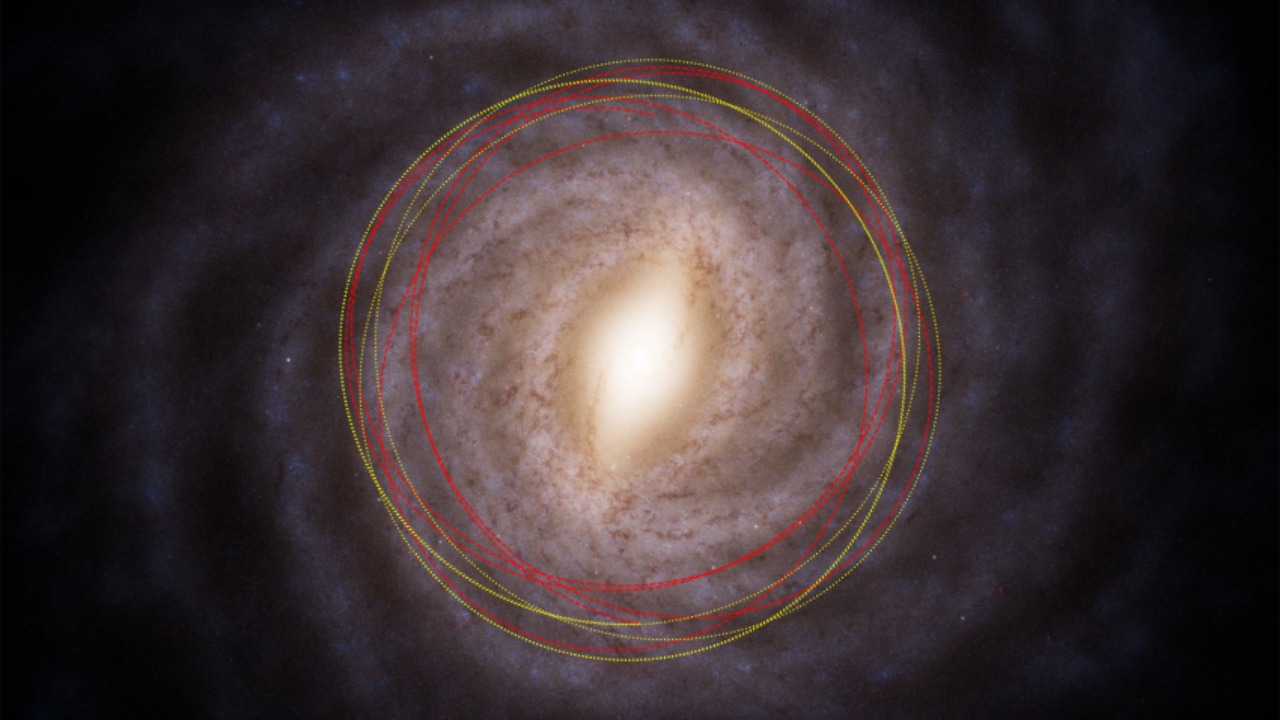
The Keck Observatory has made a rare observation of an interstellar visitor, 3I/ATLAS, exhibiting unexpected solar dynamics. The object has been found to possess a peculiar “anti-tail” and an unusual 594-kilometer feature. These discoveries, captured through advanced telescopic imaging, provide new insights into the object’s composition and behavior as it traverses our solar system, distinguishing it from typical comets or asteroids.
Discovery of the Anti-Tail
The initial detection of the “anti-tail” on 3I/ATLAS was made possible by the advanced imaging techniques employed at the Keck Observatory. Unlike the tails of typical comets that point away from the Sun, this strange feature was observed to be pointing towards the Sun, a phenomenon referred to as an “anti-tail”. This observation challenges conventional models of tail formation in comets and is believed to be linked to the object’s high-speed interstellar trajectory.
Characteristics of the 594-Kilometer Feature
Alongside the anti-tail, an odd 594-kilometer feature was observed on 3I/ATLAS. Captured by the Keck Observatory, this feature’s size and unusual shape have intrigued researchers. The origins of this mysterious feature could be attributed to surface irregularities or unique outgassing patterns characteristic of interstellar objects. When compared to known interstellar visitors, the scale of this feature provides valuable insights into the physical structure of 3I/ATLAS.
Background on Interstellar Object 3I/ATLAS
3I/ATLAS is an interstellar object that has been on a path through our solar system. Its designation and trajectory have been instrumental in enabling the observations made by the Keck Observatory. Prior to the recent discoveries of the anti-tail and the 594-kilometer feature, several studies had been conducted on 3I/ATLAS, contributing to our understanding of this interstellar visitor.
Role of Keck Observatory in the Observations
The Keck Observatory utilized specific instruments to image the anti-tail and the 594-kilometer feature on 3I/ATLAS. The timeline of observations leading to these discoveries underscores the observatory’s expertise in studying faint, fast-moving interstellar objects like 3I/ATLAS. The observatory’s advanced imaging techniques have been instrumental in detecting these anomalies on the interstellar object.
Implications for Interstellar Object Research
The discovery of the anti-solar tail on 3I/ATLAS has significant implications for theories about material behavior in interstellar environments. The unusual 594-kilometer feature also holds potential to reveal information about the object’s formation history outside our solar system. These findings by the Keck Observatory could have broader impacts on future missions targeting interstellar objects.
Comparisons to Other Interstellar Discoveries
The anti-tail of 3I/ATLAS contrasts with tails observed on previous interstellar objects like ‘Oumuamua or Borisov. The 594-kilometer feature also presents similarities and differences when compared to structural anomalies in other extrasolar visitors. The data gathered by the Keck Observatory on 3I/ATLAS contributes to our understanding of the diversity of interstellar objects.